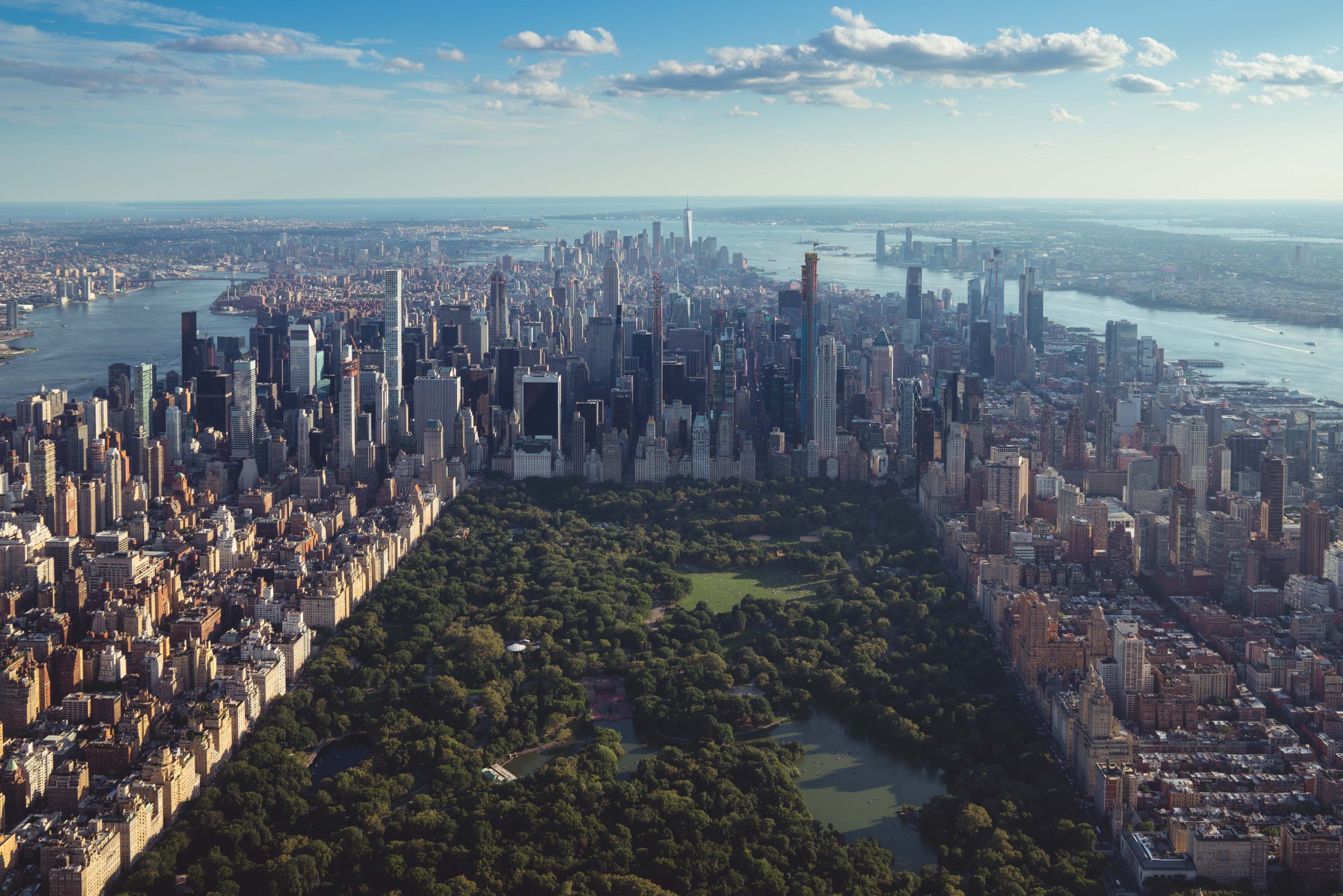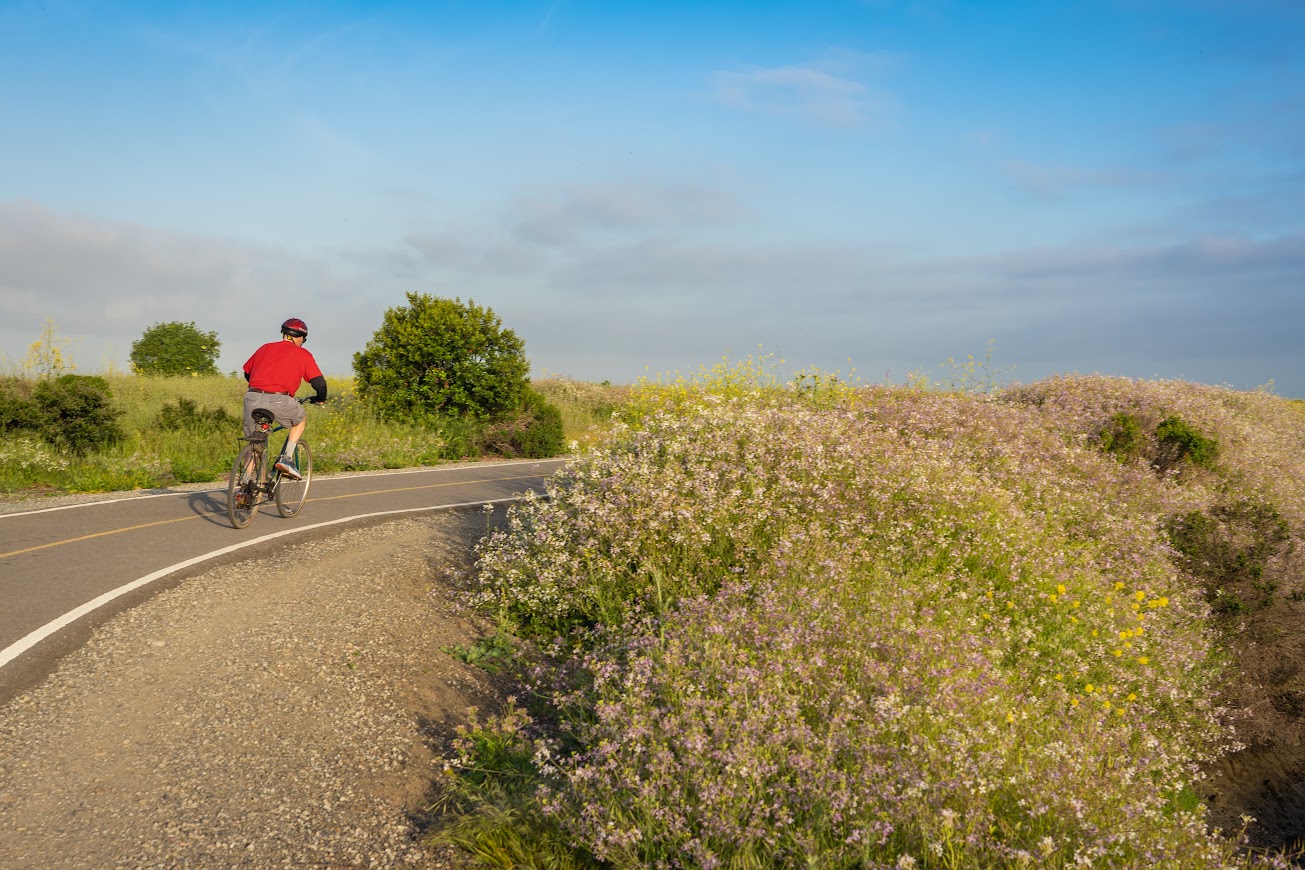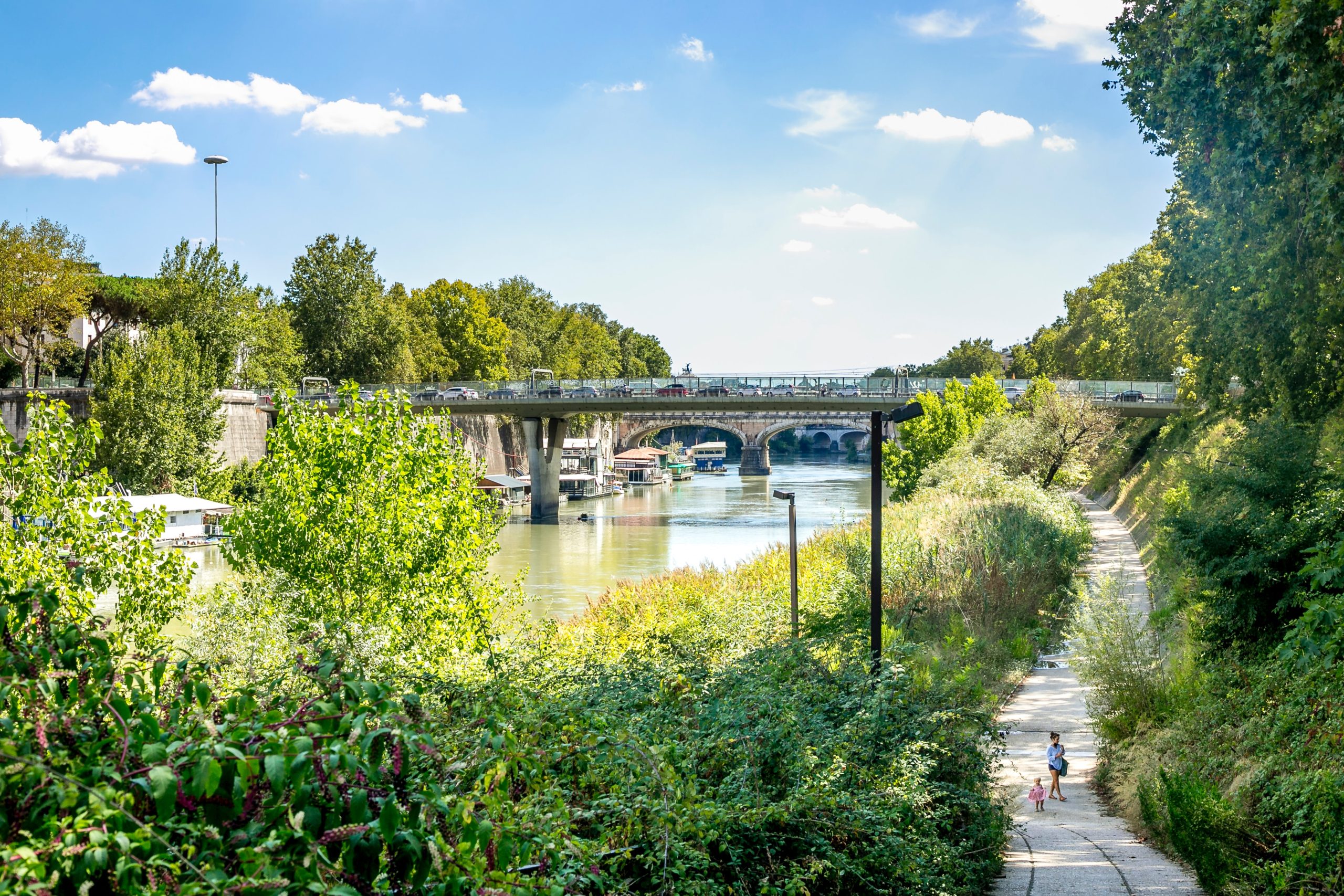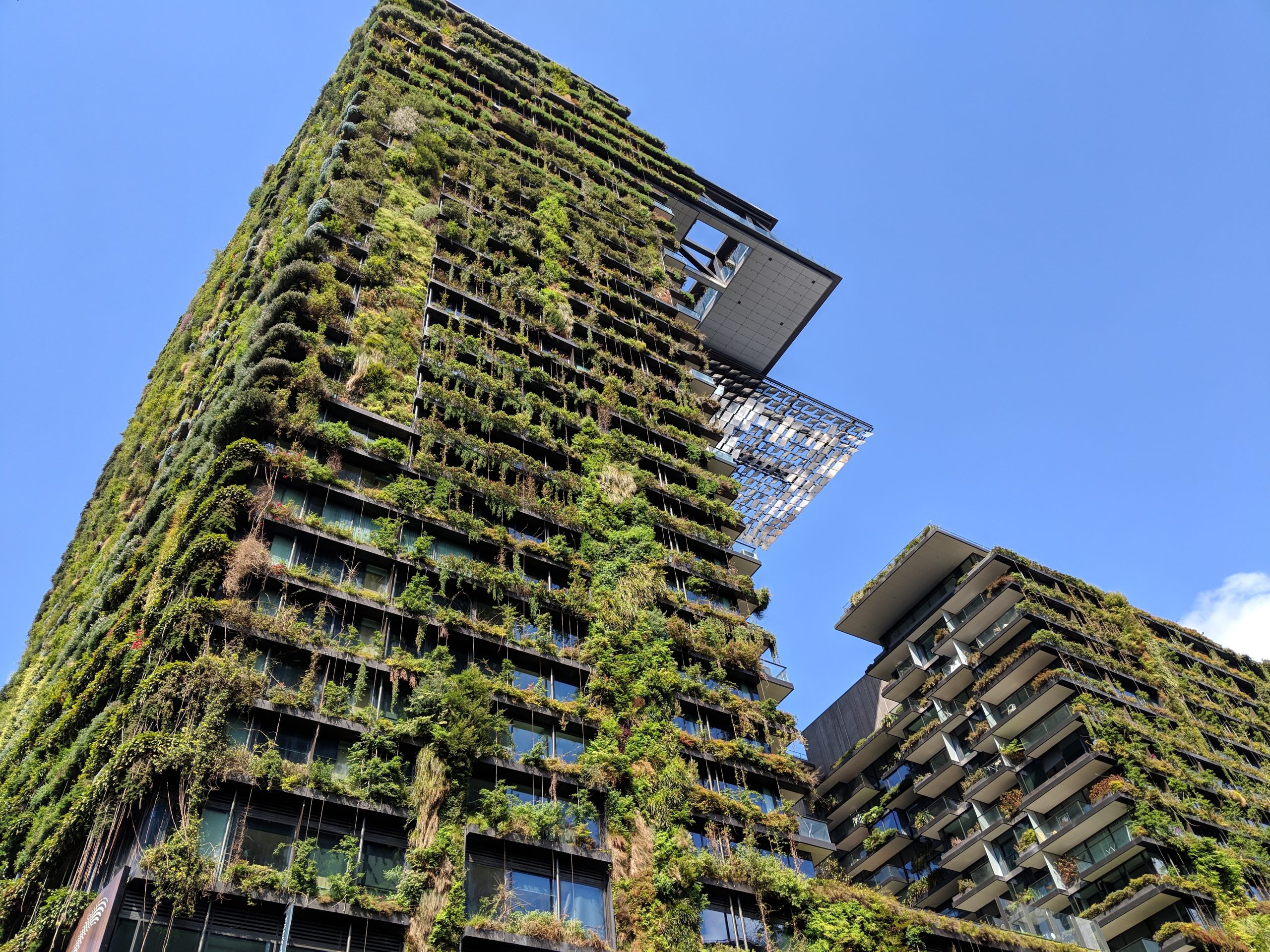Different communities have distinct needs for greenspaces, and the combination of large and distributed greenspaces that best support community and biodiversity needs will vary. Community engagement is also a key strategy for combating gentrification.
Large Urban Greenspaces
Image credits: Harry Gillen, Unsplash
Large greenspaces, defined here as being larger than 5 acres (~2 hectares), can provide some of the most substantial support for biodiversity and human recreation within cities and should be a priority component of urban greening efforts. These green spaces are often public amenities such as nature reserves and large parks that serve entire regions or cities.
Biodiversity role:
Habitat patches larger than 5 acres (~2 hectares) are essential for many species, particularly wildlife that are sensitive to urban impacts. Large greenspaces tend to have diverse habitats, including those that provide for foraging, nesting, and protection from predators. They are also large enough to include buffer areas between core habitat and urban hazards.
Human health role:
Large parks have many human health benefits. Parks greater than 5 acres (~2 hectares) have been found to support more physical activity. In New York City, researchers found that proximity to parks greater than 6 acres was significantly associated with lower BMI (body mass index) while proximity to small parks was not associated with BMI. Larger parks also have stronger cooling effects.
Key tensions and tradeoffs:
The availability of large habitat patches strongly influences the number and variety of species that can thrive in a city. By contrast, some human health measures respond most to proximity to parks rather than size, and to achieve equitable access to greening, more distributed greenspaces may be preferable to a few large parks.






Intact natural habitat areas typically provide much better support for biodiversity than restored areas, and creating new habitat can be an expensive and slow process. Preserve remnant patches of habitats in cities when possible.
Opportunities for creating new parks in developed areas are often limited by the availability of appropriate sites. Disturbed brownfield sites, areas previously developed which are no longer in use, are often the only land available for new large parks after careful remediation of the site.
Create and manage greenspaces larger than 125 acres (~50 ha) as regional hubs for both biodiversity and human use. Urban intolerant species and other more sensitive wildlife are more likely to be attracted to very large parks that offer varied habitats with minimal human disturbances.
Design parks that have a shape that is compact, such as a square or circle, rather than long and narrow to reduce the edge area of the park. Parks with lower perimeter-to-area ratios have cooler interiors and are less impacted by edge effects such as noise and light that can be detrimental to wildlife.
Where possible given site availability, locate large parks to maximize the number of residences within half a mile from the park. Prioritize investment in historically underserved communities with limited access to quality greenspaces while also considering the potential for green gentrification.
Relevant Site Design Strategies
Different types of urban sites present their own opportunities to support health and biodiversity based on their spatial configuration, design, site programming (or intended uses), and management decisions. Typical contexts and documents in which these strategies may be relevant include: (1) Community-led visioning for urban greenspaces; (2) Project development and planning (ex. conceptual and schematic site plans); (3) Project design (ex. detailed construction drawings and site plans).




